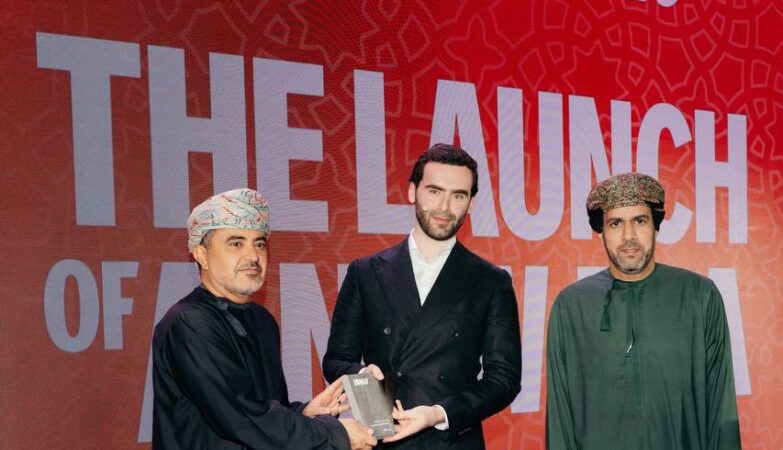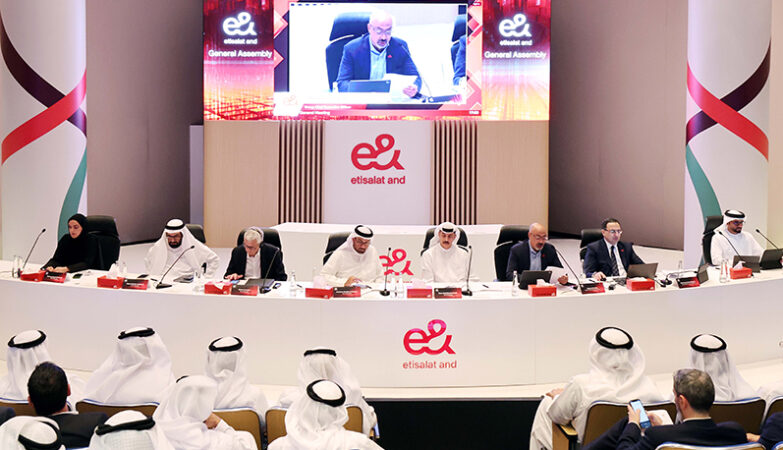The first of this kind of FEED studies accomplished in the Kingdom of Saudi Arabia by GE Vernova focused on three power plants powered by GE Vernova 7E and 7F gas turbines. The FEED studies targeted up to 32 percent by volume hydrogen blending with natural gas and identified potential modifications to the power generation assets.
Carbon Capture assessment suggests that the use of an Exhaust Gas Recirculation (EGR) system can lead to more than 7 percent savings of the total cost of the carbon capture facility, as compared to installing CCS without the EGR system, and 6 percent savings of carbon capture operation costs at the site conditions considered in the study.
Al Khobar, KINGDOM OF SAUDI ARABIA (November 4, 2024) – GE Vernova Inc. (NYSE: GEV) and Saudi Arabia’s Ash Sharqiyah Operations & Maintenance Company (ASHOMCo) announced today the completion of three Front-End Engineering Design (FEED) studies analyzing the possibility to lower the net carbon emissions of three cogeneration plants located in the Kingdom of Saudi Arabia. GE Vernova completed the assessment of pre-combustion and post-combustion technologies at the three plants powered by GE Vernova’s 7E and 7F gas turbines, delivering up to 920 Megawatt (MW) of combined power and 1400 tons/hr of steam, a capacity equivalent to the average power needed by 920,000 Saudi homes.
“Our participation in the GE Vernova-led studies underscores our dedication to accelerating advanced solutions for potentially retrofitting the existing power plants to meet stringent carbon emission standards, a vital step towards producing more sustainable energy,” said Rob Hayes, Executive Manager, ASHOMCo. “GE Vernova led the full-scale integration of the study with the ultimate goal of lowering the net carbon emissions of the three power plants.”
GE Vernova accomplished a hydrogen-readiness assessment for the three power plants, conducting assessments to improve performance and costs in the installation of possible carbon capture, utilization, and sequestration (“CCUS”) systems at the three power plants.
GE Vernova 7E and 7F gas turbines can already operate today with hydrogen blend at up to 100 percent with modifications to the Standard Combustors. GE Vernova’s FEED studies explored solutions to enable operations using blends of natural gas and hydrogen, with hydrogen accounting for up to 32 percent by volume at those three plants, defining the necessary modifications to the existing combustor systems to achieve this level of hydrogen blending.
The studies also focused on retrofitting the three power plants with technology capable of capturing up to 95 percent of the plant’s carbon dioxide (CO2) emissions. The studies concluded that the integration of GE Vernova’s Exhaust Gas Recirculation (EGR) system could lead to a reduction of more than 7 percent of the total cost of the carbon capture facility, compared to installing CCS without the EGR system, and 6 percent reduction of carbon capture operational costs per year at the site conditions considered in the study.
“The first of this kind carbon capture assessment accomplished in the Kingdom of Saudi Arabia by GE Vernova proposes significant enhancements aiming to improve the proposed carbon capture process and reduce its impact on the power plants’ output, performance, and equipment costs,” said Joseph Anis, President & CEO of GE Vernova‘s Gas Power business in Europe, Middle East & Africa. “We remain committed to supporting the advancement of the region’s energy goals, working alongside players such as ASHOMCo, and we hope that this collaboration will pave the way to adopt more sustainable combustion fuels, such as hydrogen, and carbon capture technologies to support ASHOMCo’s decarbonization efforts.”








